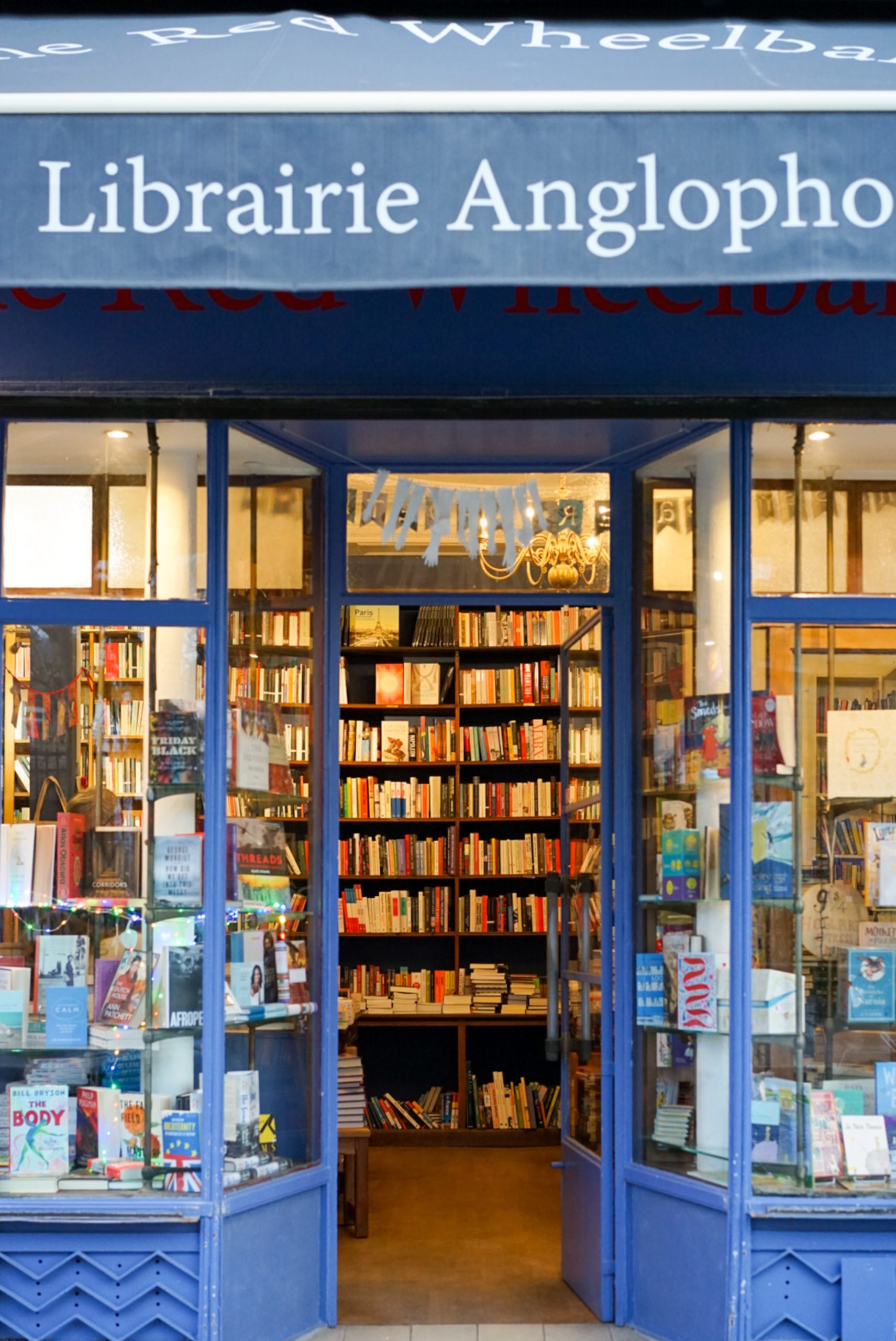If you’ve been following along and reading my posts, then you’ll know that I am a HUGE proponent of reading to children beginning from birth, or even while in the womb – check out the benefits!
That being said, there are myriad children’s books that exist. What are some recommendations for your newborn or tot?
If you’re expecting a child or are a parent looking for some ideas, I’ve put together a list for you. Also, if you are planning on attending a baby shower or want to buy a gift for someone who is expecting, books are a fantastic idea as the joys and memories formed by reading to a child last a lifetime and beyond.
I’ve lumped books into several category types below. Feel free to use the table of contents to jump to a section that you find interesting!
Classics:
Ah, the classics! These are the ones that take you back to when you were a child, which hopefully means “the good ol’ days.”
I’ve kept this list pretty limited to just a handful of my top choices because I am pretty certain that there are plenty of lists that exist that can point you to classics. While there are wonderful books such as Peter Rabbit and Charlotte’s Web, here are some small-ish board books that are hearty and can withstand children’s vigor.

To start with the obvious book which has enraptured audiences for generations and withstood the test of time, I highly recommend owning your own copy of Goodnight Moon.
Now, for those looking to mix things up a bit, I also recommend Goodnight Gorilla, mostly because it was my little sister’s favorite book when she was growing up and I lost track of how many times we read it to her. The illustrations are captivating and the best part is that there aren’t many words in the book so there is plenty of flexibility and opportunity to narrate!

Eric Carl is the mastermind behind The Very Hungry Caterpillar. What’s neat about the board book is the different page sizes as you flip through the various items that the Caterpillar ate.
The author writes several other children’s books as well, some of which I used in therapy. Notably From Head to Toe board book, which helps children learn body parts and follow directions.

Brown Bear, Brown Bear, What Do You See? is great because it is repetitive in its structure, which makes for a rhythmic and sing-song reading. Children LOVE repetition and want to be able to predict what comes next. This book is an all-time favorite of mine for those reasons.
Cloth Books:
I started getting into cloth books more with my second child than my first, as my second seemed to put EVERYTHING in his mouth. I really didn’t want all of our board books to get destroyed, so we found cloth books to be the perfect alternative. Granted, one of my recommendations below is not a book that you can give to a teething child; however, I still thought it was worth mentioning.

Who Do You See, Under the Sea? is cloth and crinkly and just perfection! This was actually given to us by a friend and I have really enjoyed reading this one to my boys over and over. It incorporates sea creatures and body parts of animals with counting. You can choose to focus on as much or as little as you want when reading this book.

If you’re looking to purchase a set of cloth books for your little one, then look no further! These books are amazing because they break everything down into categories. When teaching language, one way of organizing words is through categorization and these cloth books are tremendously helpful in supporting vocabulary development.

There are now two different versions of this book. The red version appears to be a little more feminine and the blue version seems to be a little more masculine. This book is fantastic because you can use it to work on fine-motor skills with your child and you can do so quietly.
From experience, something to keep in mind is that if your child tends to put things in his mouth then this book would be best ONLY under supervision. As your child ages and ceases chewing on things then this book can transition to a quiet activity book that your child can work on independently.
Flap Books:
Both of our children are incredibly into “open/close!” They pass the time by opening containers, sticking random objects inside, closing them, then repeating the process (remember, kids learn through repetition!) The two books I’ve listed below are our family’s absolute favorite flap-books.

Where’s Spot is a book that my mom introduced to my oldest child. He couldn’t get enough of looking behind the flaps to figure out where Spot had hidden. There are so many animals to talk about and colors. In addition, you have the opportunity to tell your child how silly some pictures are (e.g., a lion hiding underneath the stairs!) This is now my youngest’s favorite book as well! If you don’t have a copy, I guarantee that this book is a game-changer.

Where’s Baby’s Bellybutton is a book I use with my children and in therapy. It does the obvious job of teaching body parts. Beyond that though, I used it to teach prepositions such as, behind, in front of, and under. Furthermore, many of the words in this book are great for children who are beginning to learn how to talk! Example words are bubbles, cup, feet, cat, etc. If you are looking to encourage speech, I think this book would be fantastic for you!
Participatory Books:
There are many types of participatory books, and I suppose one could argue that all children’s books could be classified as participatory. However, for the purpose of this post, I am defining a participatory book as one that asks children to complete certain tasks while reading (e.g., clapping hands, saying something aloud, touching a certain part on the picture, etc.)
This particular type of book is vital because it helps build receptive language skills, particularly the ability to follow directions. Imagine how many times you ask your child to do something throughout the day, or think about how many times teachers will ask your child to follow certain protocols during a school day. Participatory books will assist in creating the underpinning necessary for children to carry out daily tasks.

The author Hervé Tullet has ingeniously asked children to follow directions in fun ways in his books Press Here and Mix It Up! The books are colorful, engaging, and they teach children about new concepts. He has authored other children’s books as well, but these are the ones that we own and LOVE reading at our house.

Pat the Bunny was gifted to us as a hand-me-down from a neighbor. It quickly became a grab-and-go book for our children. Each page is enticing in its own way, but the favorite page for both of our boys was the “peek-a-boo” page. This was one of the BEST hand-me-down books that we received!
Rhyming Books:
Rhyming is a fundamental skill for reading and writing alike. Why not start building this early literacy skill as soon as possible?

This book is a cute one! The original Llama Llama Red Pajama tells the story of a young llama who is waiting for his mother to come upstairs before he goes to sleep. This story told in rhymes teaches the valuable lesson of patience and perspective taking to little ones.

Chicka Chicka Boom Boom is wonderful because it not only rhymes but also teaches children the letters of the alphabet. It goes through the entire alphabet twice and tells a fun story along the way of the letters climbing up a coconut tree. While there are countless alphabet books out there, I think that this a great one to kick-off the collection!

The Pout Pout Fish never fails to make our boys smile! This tale is jam-packed full of rich vocabulary words and the imagery is lovely as well. You will have a lot of fun getting into character and playing with different voices as you read this one aloud!

You didn’t think I’d leave out Dr. Seuss, did you? This collection of books will get you started in the right direction! Of course there are many more – I also think “Oh, the Places You’ll Go,” should be at the top of the list – but these ones should suffice for the beginning of your book collection!
Singing Books:
Last, but not least, are books that are based on songs! Music is an important part of speech development (see the end of this post.) Every child has a different learning style and it is critical to test out various avenues of learning, singing included.
There are a couple of books on this list that my sisters-in-law purchased for my children. I find myself singing these tunes often now even if the books are not in front of me.

Perhaps you might remember the song “Baby Beluga” from when you were little. Now you can sing it to your children with images that match the tune! In case you forgot the song, there is music in the back of the book which might help jog your memory.

Similarly, “Down By the Bay” was a song that I grew up singing. This nonsensical song has also been turned into a board book. I’m going to warn you to be careful if you buy either one of the singing books – the songs are rather catchy and you might catch yourself singing or humming the tunes unintentionally (like me, haha!)
Do you have any books you want to share or add to this list? If so, drop a comment below! I’m always open to new ideas and suggestions.
If you’re looking for some toys for your little ones, you might want to check out this list I put together recently!
*This article contains affiliate links that do NOT increase the price of the product but do allow me to continue to work on the WTS website. Thank you for shopping through Water the Sponge!


